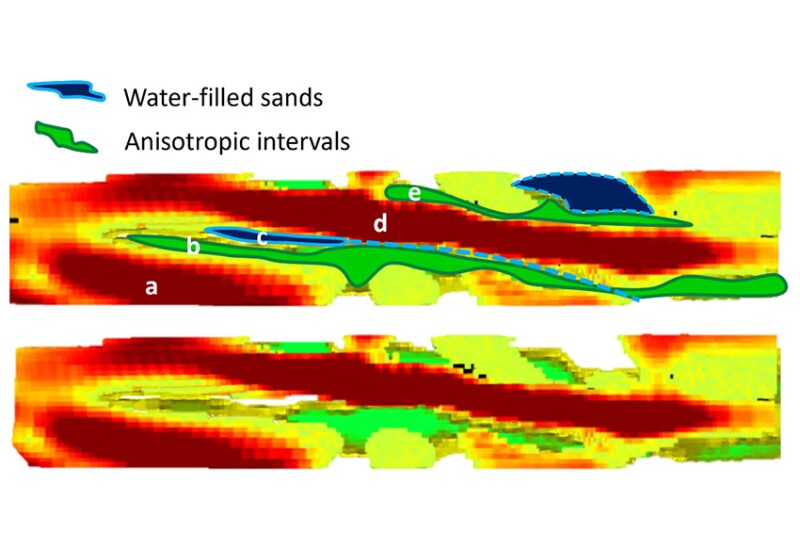During drilling operations, logging-while-drilling (LWD) tools, which have greater resolution than seismic, are deployed to aid in decision-making and optimize well placement. Focusing on the data sources in isolation can lead to successful wells, but placing this data in a geological context allows for more-sophisticated decision-making and leads to greater reservoir understanding. Key to linking the near-wellbore measurements with the geological models derived from seismic interpretation are ultradeep electromagnetic tools. The authors describe an approach in which all available technologies are combined to improve reservoir understanding of different depositional environments.
Geological Background
Deep marine turbidite deposits are recognized as an important hydrocarbon reservoir type; many recent major hydrocarbon discoveries and field developments worldwide occur in sediments deposited by turbidite currents.


